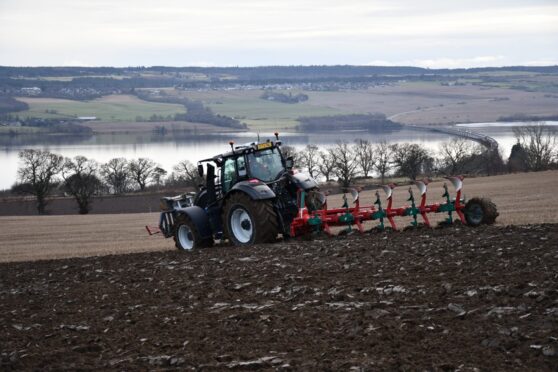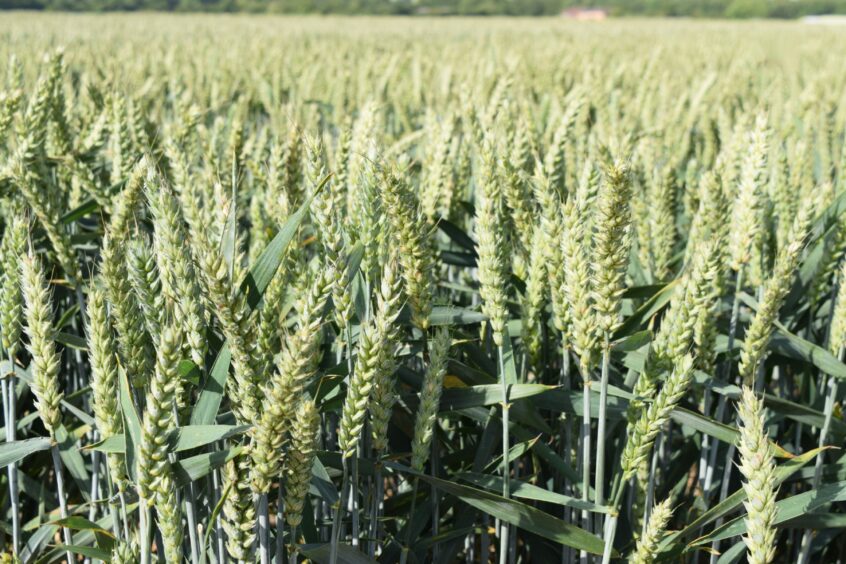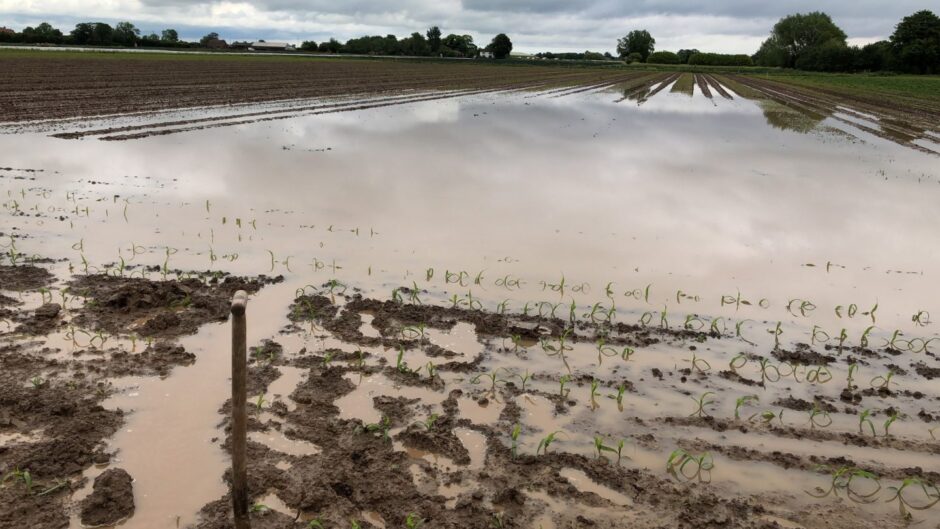Scotland is faring much better than its English neighbours where concerns of a drastic reduction in cropped areas have been reported because of the wet autumn.
The Agricultural Horticulture Development Board (AHDB) carried out an Early Bird Survey in November, which revealed a drastic reduction in cropped areas.
It revealed that wheat is down 15% and spring barley is already down 29% although sowing of spring crops is only just getting underway now in some parts of Scotland.
These figures represent the most significant reduction in cropped areas since 2020.
Oilseed rape has seen the most significant reduction since the 1980s, at 28%.
David Eudall, AHDB economics and analysis director, said: “We may see wheat production fall so processors, flour millers, and bakers will look to import more significant quantities this season.
“If we continue to see lower production due to poor weather, stubborn costs, and unprofitable prices, we will need to import more.”
Agrii agronomist John Mason, who covers areas such as the Black Isle, Easter Ross and Caithness, said that any winter crops which were sown at the start of September are looking well.
He said wheat crops in these areas are now starting to show signs of disease such as Septoria.
“Growers who were sowing winter crops slightly later after lifting tatties have suffered some waterlogging but on the whole they have faired okay compared to other areas of Scotland,” said John.
“Some of these fields may need to be patched in and resown with spring barley or spring oats. One large-scale grower in the area who normally grows 600 acres of winter wheat never actually managed to sow any this year because of the wet backend.”
And while the first of the drills were going last week sowing spring barley on lighter ground, John said it was a much bleaker picture in his home country of England.
“The prime time to sow spring barley in England is February and some growers will even be sowing in December and January,” said John.
“Generally, the cut off for sowing spring barley down there is April 1 otherwise it just dries out. I have one friend in Lincolnshire who still has 600 acres of spring barley to sow. I’ve never seen fields so badly waterlogged in my homeland of Yorkshire.”
Ron Paterson, who is an agronomist with ProCam in Aberdeenshire, said the region has fallen “very fortunate” with winter crops looking exceptionally well.
He said crops were now responding to Nitrogen that was applied a couple of weeks ago but diseases were moving in, with some crops lacking manganese.
“In general, winter wheat, winter oilseed rape and winter barley has good prospects ahead – we have been very lucky compared to growers in Angus and Perthshire,” said Ron.
“Sprayers have started moving now but the air is colder. I don’t think resowing patches in this area can be justified – fields just end up in a mess.”
Ron said a couple of farmers started sowing this week on the lightest of land in the area but urged growers that the seed and fertiliser was “better in the bag” just now until conditions continue to improve.


